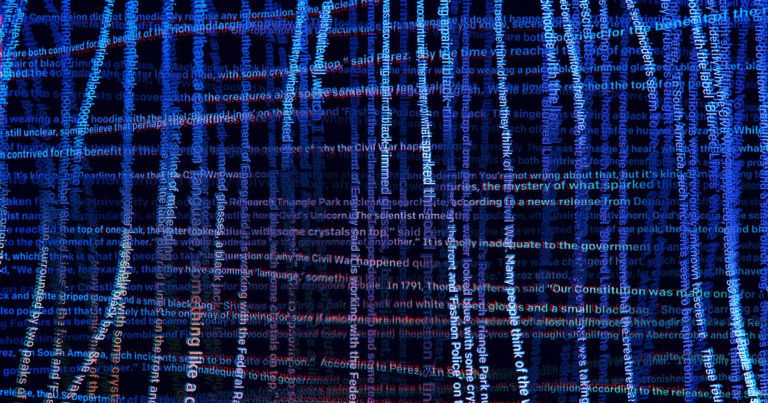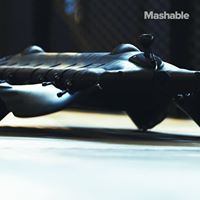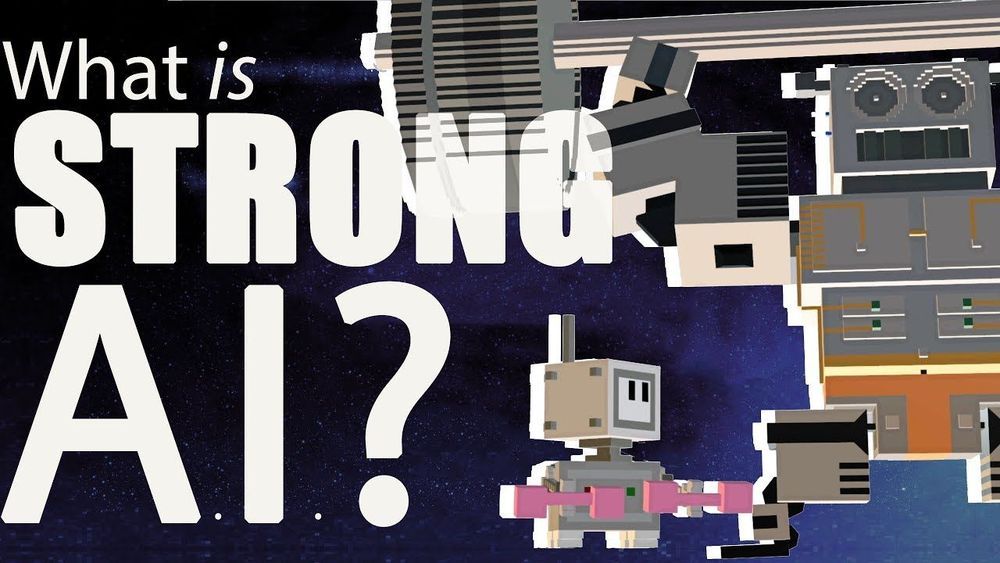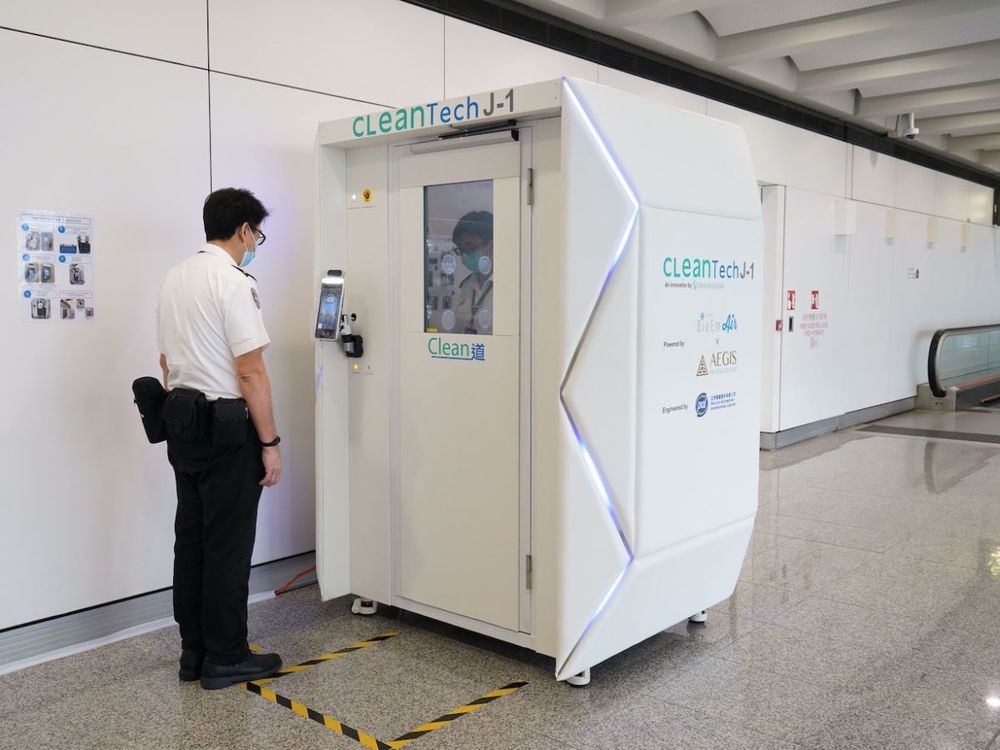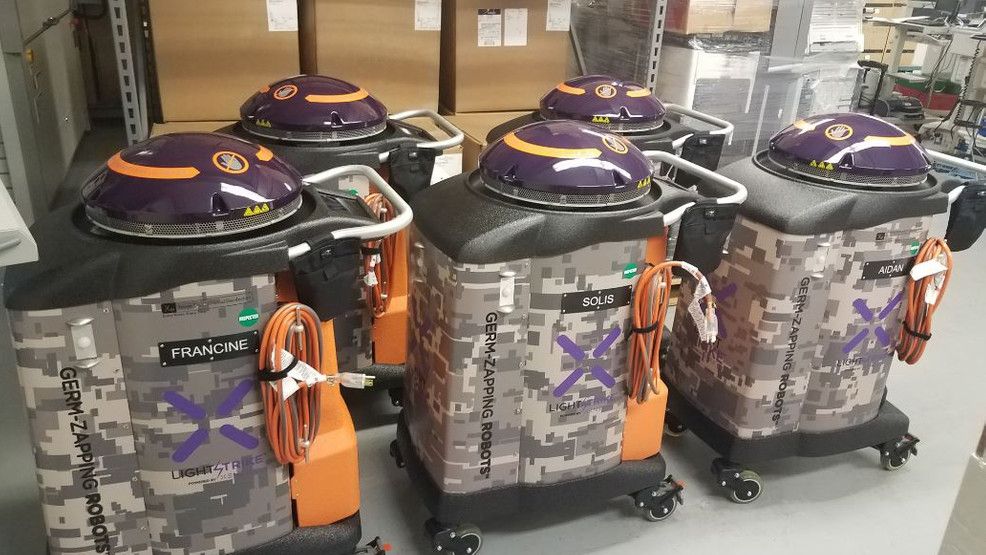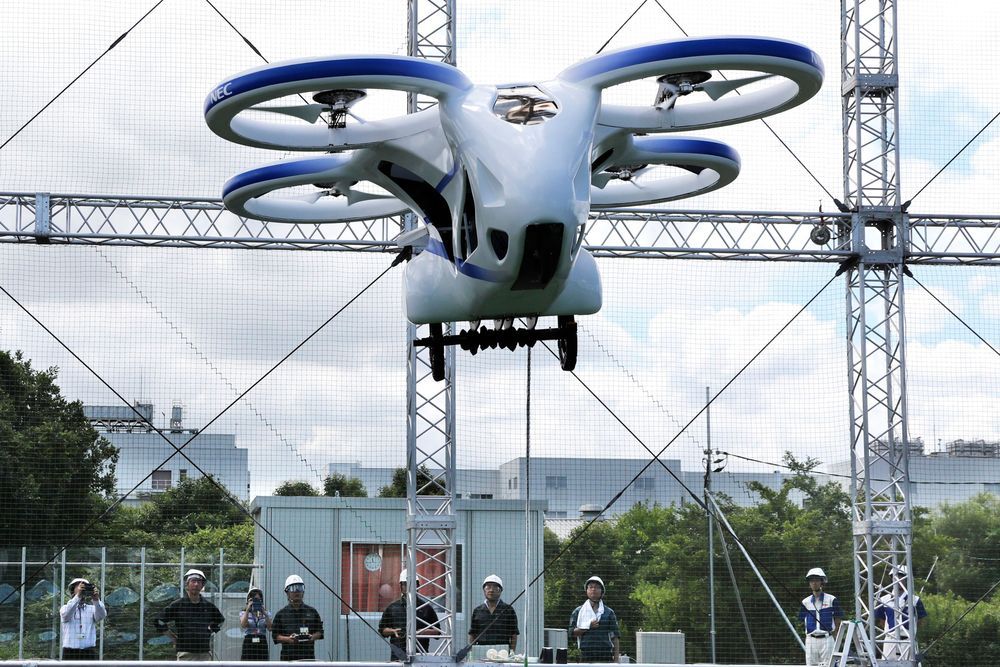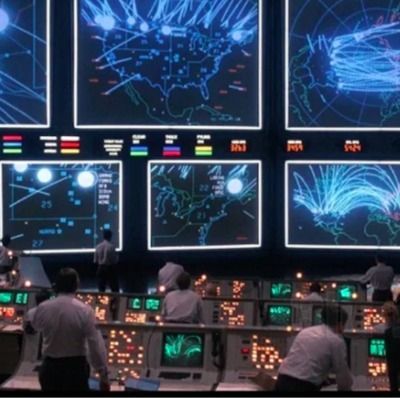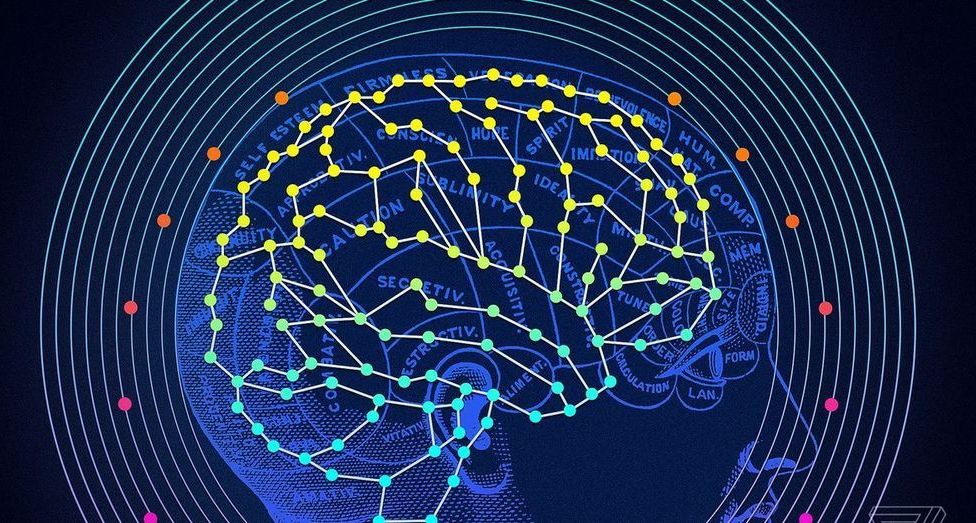I was confident enough to turn it in. However, I then was looking online and found out there’s a really easy way to find out if an essay was written by GPT-2. It’s to feed it to GPT-2 and if it’s able to predict the next words, then it was written by the AI. It’s easier to find out than normal plagiarism.
I knew that the business school had software that they were using to look out for plagiarism in all the essays that are turned in to their online platform, which is how I turned in my essays. So I was slightly worried that the company that sold them the anti-plagiarism software would have made an update.
I don’t think the professors even considered the possibility of GPT-2 writing the essays, but I was slightly worried that the company making the software added a module. But not that much.
